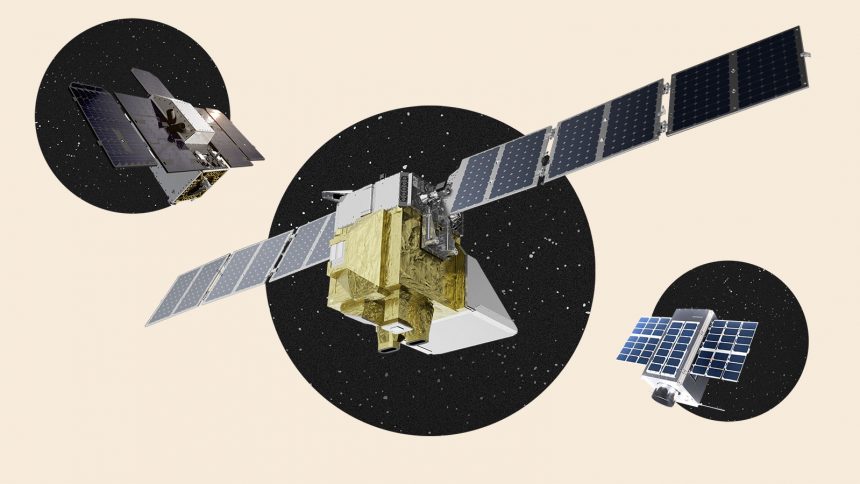On a blustery day in early March, the foremost experts in methane research convened at Vandenberg Space Force Base in Santa Barbara, California. A packed NASA mission control center hosted these attendees, while others observed from their vehicles parked near the facility or tuned into the livestream from afar. The occasion was the launch of a revolutionary satellite, comparable in size to an oven, capable of detecting methane emissions from space.
The levels of methane, a potent greenhouse gas and primary component of natural gas, in the atmosphere have been steadily increasing over the past few decades. A significant portion of methane emissions in the United States is attributed to fossil fuel extraction, where the gas escapes from various equipment and infrastructure. Other sources of methane include agricultural activities, landfills, and coal mining. Even small leaks contribute to the overall problem, making it crucial to identify and repair them as a key climate solution.
Methane has a warming potential roughly 80 times higher than carbon dioxide over a 20-year period, underscoring the importance of reducing its presence in the atmosphere to mitigate global temperature rise. Unlike some industries that are still developing decarbonization technology, oil and gas companies possess the expertise and tools necessary to address these leaks.
The newly launched MethaneSAT, a satellite developed by the Environmental Defense Fund (EDF) after more than six years of planning, represents a milestone in methane detection technology. Able to circle the globe 15 times a day, MethaneSAT is poised to monitor regions responsible for 80% of global oil and gas production. Together with other satellites, it is set to revolutionize how regulators and oversight bodies scrutinize the oil and gas industry.
The satellite’s mission is to provide critical data on methane emissions, which will be accessible to environmental advocates, industry players, and regulatory authorities alike. This data has the potential to drive more robust regulations on methane emissions and to incentivize operators to address leaks promptly. The Environmental Protection Agency is already preparing to incorporate third-party satellite data, including MethaneSAT’s insights, into its enforcement efforts.
With MethaneSAT successfully deployed in orbit, the focus shifts to the next phase of the mission. EDF researchers will proceed with calibrating the satellite’s equipment to ensure its optimal performance. The data generated by MethaneSAT promises to enhance our understanding of methane emissions, inform policy decisions, and support efforts to address climate change.
In the realm of satellite methane detection, various technologies have surfaced over the years to measure and map emissions. While earlier satellites provided a broader perspective on global methane concentrations, newer satellites like MethaneSAT offer a more detailed view of emissions in specific regions. By combining broad coverage with enhanced resolution, MethaneSAT aims to capture comprehensive data on methane leaks, enabling more targeted and effective mitigation strategies.






